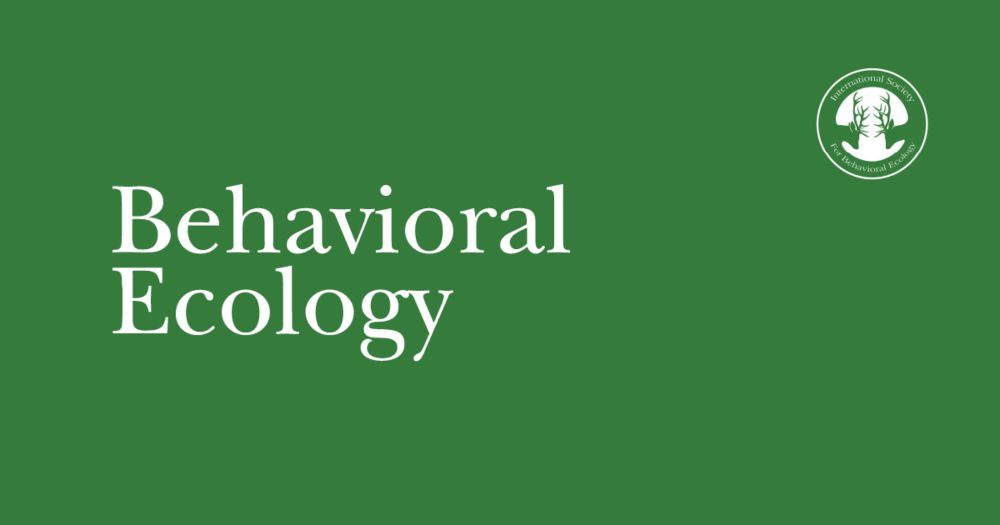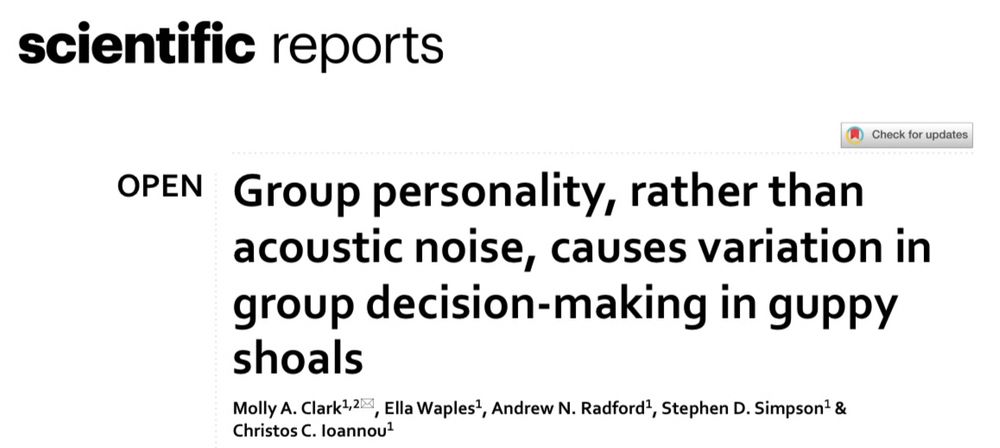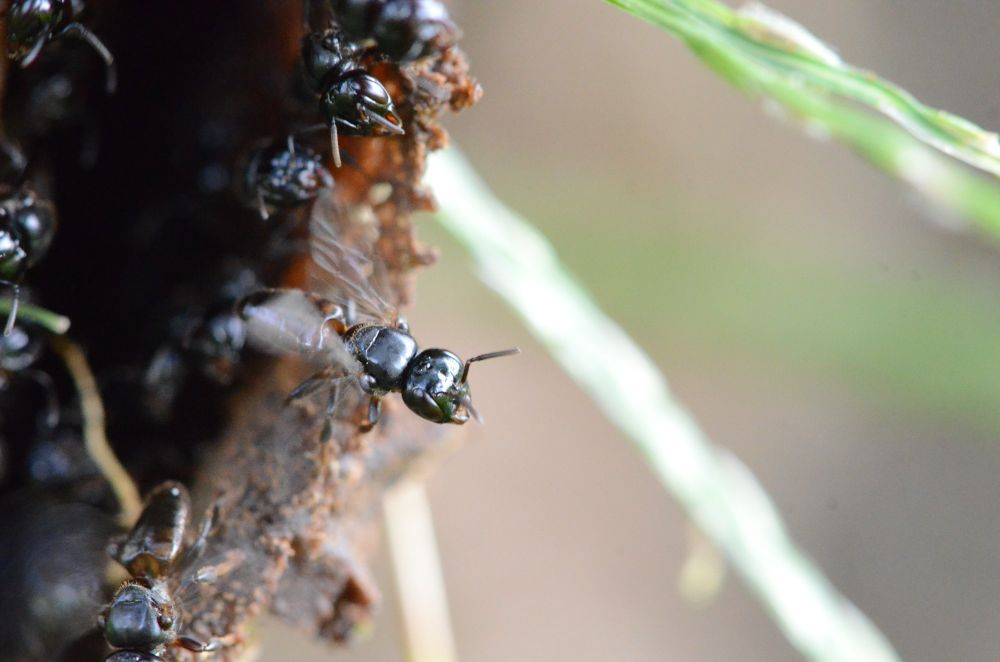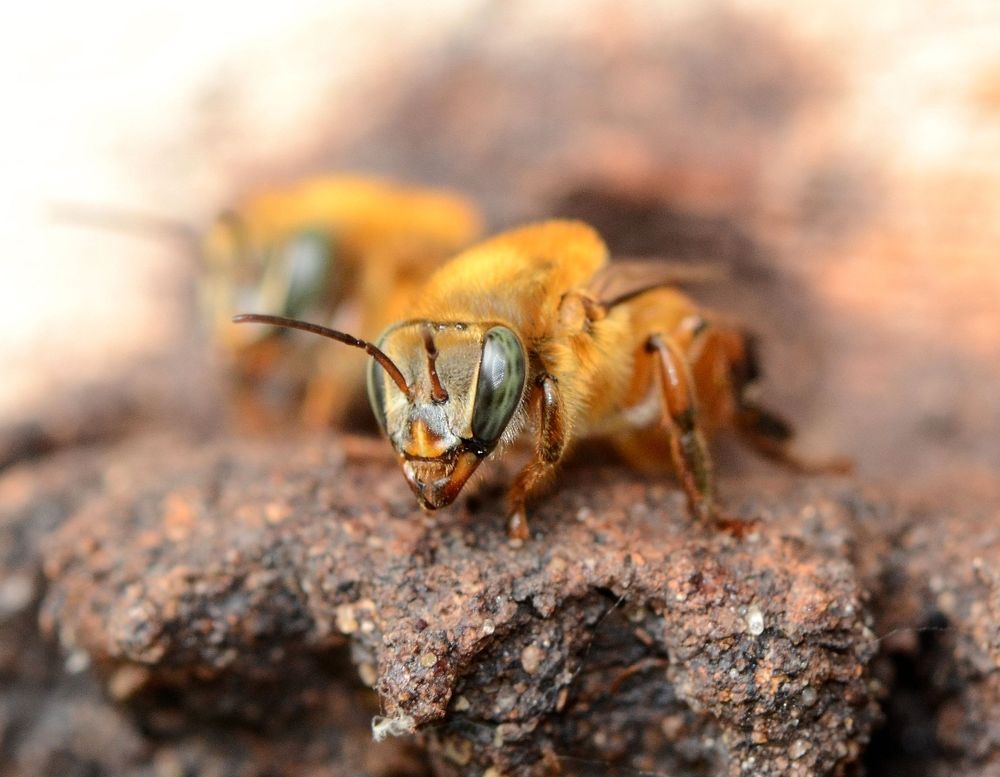Molly Clark
@mollyaclark.bsky.social
200 followers
360 following
25 posts
Behavioural ecologist in training🐟🤖PhD at Bristol & Macquarie
She/Her
Posts
Media
Videos
Starter Packs
Molly Clark
@mollyaclark.bsky.social
· Jul 14
Reposted by Molly Clark
Costanza Zanghi
@coszan.bsky.social
· Jul 14

Enhanced conspicuousness of prey in warmer water mitigates the constraint of turbidity for predators
Abstract. Changes in environmental conditions impact predator-prey interactions by altering behaviour through sensory and non-sensory (e.g. metabolic or co
academic.oup.com
Molly Clark
@mollyaclark.bsky.social
· Jun 6
Molly Clark
@mollyaclark.bsky.social
· Jun 4
Molly Clark
@mollyaclark.bsky.social
· Jun 4
Molly Clark
@mollyaclark.bsky.social
· Apr 29
Reposted by Molly Clark
Molly Clark
@mollyaclark.bsky.social
· Jan 21
Molly Clark
@mollyaclark.bsky.social
· Jan 16
Molly Clark
@mollyaclark.bsky.social
· Jan 15
Molly Clark
@mollyaclark.bsky.social
· Jan 15
Molly Clark
@mollyaclark.bsky.social
· Jan 15
Molly Clark
@mollyaclark.bsky.social
· Jan 15
Molly Clark
@mollyaclark.bsky.social
· Jan 15
Molly Clark
@mollyaclark.bsky.social
· Jan 15












